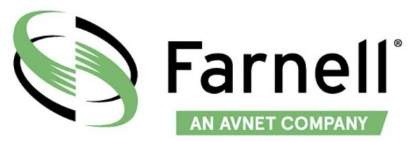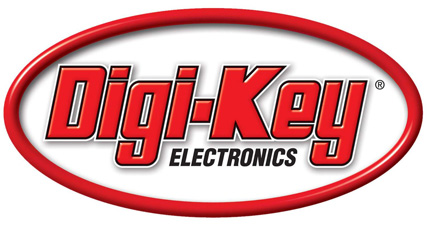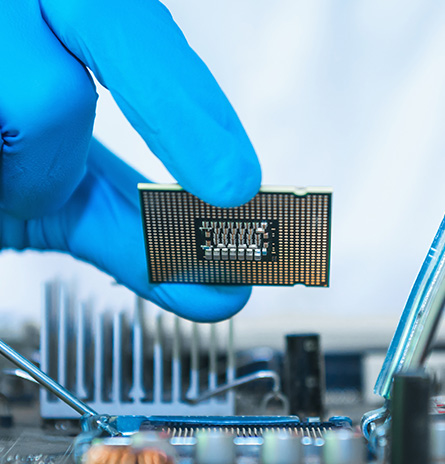Vehicle Radar
USB technology is widely utilized for various purposes in automotive systems, including vehicle radar applications.
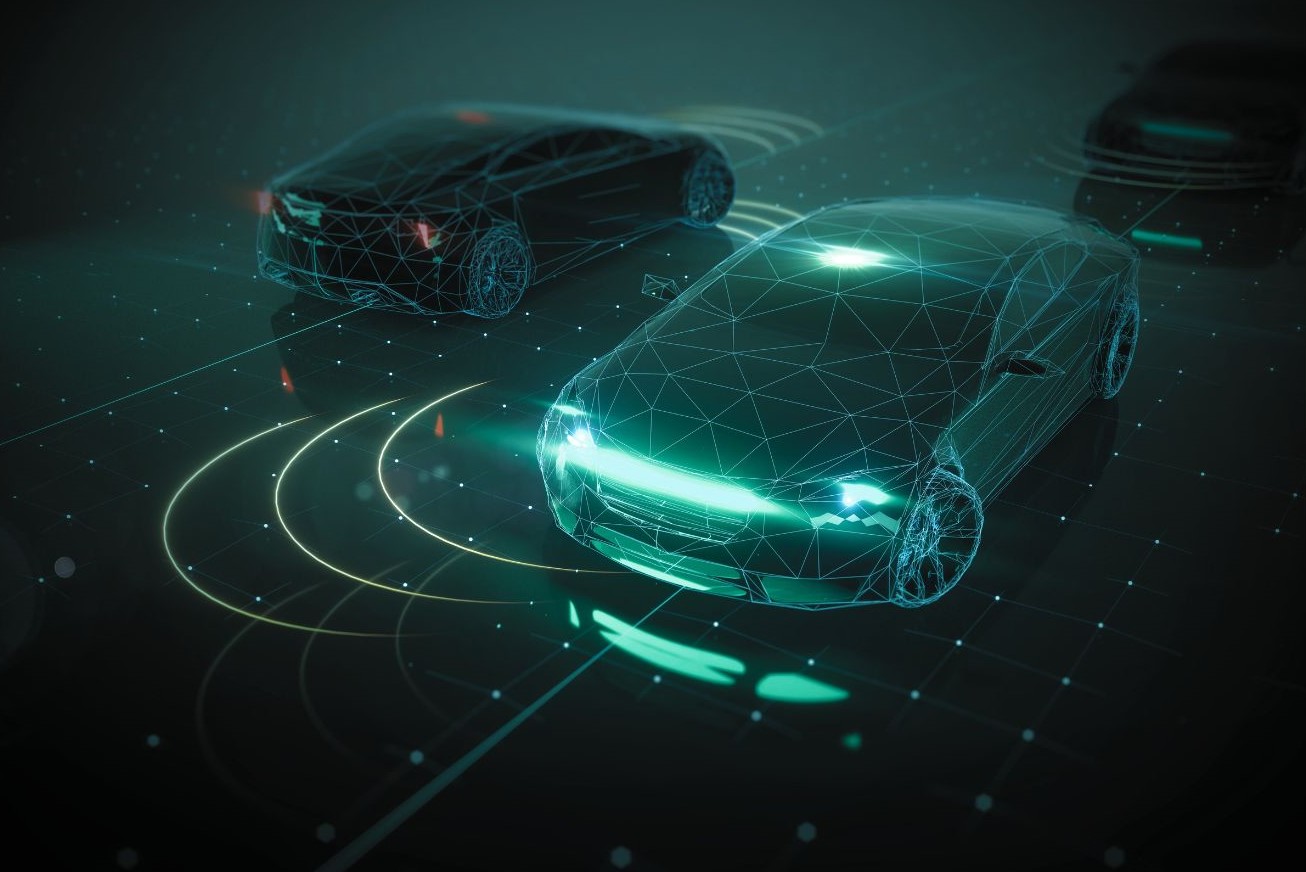
Here are some specific uses and benefits of USB in the context of vehicle radar systems:
-
- Data Transfer
USB interfaces facilitate high-speed data transfer between radar sensors and the vehicle’s central processing unit (CPU). This allows the radar system to quickly and efficiently transmit raw radar data for processing, enabling real-time detection and response to obstacles and other vehicles.
-
- Power Supply
USB ports can provide power to radar sensors and other components of the radar system. This simplifies the design and installation of radar systems by reducing the need for separate power supplies.
-
- Firmware Updates
USB ports can be used to update the firmware of radar sensors and related components. This is crucial for maintaining the performance and accuracy of the radar system, as it allows for easy implementation of software improvements and bug fixes.
-
- Diagnostics and Maintenance
USB interfaces are used for diagnostic purposes, allowing technicians to connect diagnostic tools to the radar system to troubleshoot issues, calibrate sensors and perform maintenance tasks.
-
- Communication with Other Systems
USB can serve as a communication bridge between the radar system and other in-vehicle systems, such as the infotainment system, advanced driver assistance systems (ADAS) and autonomous driving platforms. This integration is essential for creating a cohesive and coordinated vehicle ecosystem.
-
- Prototype and Development
During the development of vehicle radar systems, USB is often used to connect prototype hardware to development tools and computers. This allows engineers to program, test and refine radar technology efficiently.
Benefits of Using USB in Vehicle Radar Systems
-
- Standardization
USB is a widely adopted standard, ensuring compatibility and ease of integration with various devices and systems.
-
- Speed and Efficiency
High-speed data transfer capabilities of USB 3.0 and later versions support the demanding data rates required by radar systems.
-
- Simplicity
USB simplifies wiring and connections within the vehicle, reducing complexity and potential points of failure.
Example Applications
-
- Adaptive Cruise Control (ACC)
Utilizes radar data to maintain a safe following distance from the vehicle ahead.
-
- Collision Avoidance Systems
Detects obstacles and warns the driver or automatically applies brakes to prevent collisions.
-
- Blind Spot Detection
Monitors areas adjacent to the vehicle that are not visible to the driver.
-
- Autonomous Driving
Provides crucial data for navigation and decision-making in self-driving cars.
FTDI USB technology plays a significant role in enhancing the functionality, reliability and ease of use of vehicle radar systems, contributing to the overall safety and efficiency of modern automotive technology.
The FT600 / FT601 are USB 3.0 to FIFO interface bridge chips with the following advanced features making them ideal candidates for this application:
-
- Supports USB 3.0 Super Speed (5Gbps)/USB 2.0 High Speed (480Mbps)/USB 2.0 Full Speed (12Mbps) transfer.
- Supported USB Transfer Type: Control/Bulk/Interrupt
- Up to 8 configurable endpoints (Pipes).
- Supports 2 parallel slave FIFO bus protocols – FT245 and FIFO mode, FT601 with 32-bit parallel interface has a data bursting rate up to 400MByte/s.
- Supports 4 IN channels and 4 OUT channels on FIFO bus connectivity.
- Built-in 16kB FIFO data buffer RAM.
- Supports Remote Wakeup capability.
- Supports multi voltage I/O: 1.8V, 2.5V and 3.3V.
- Configurable GPIO support.
- Internal LDO 1.0V regulator.
- Integrated power-on-reset circuit.
- User programmable USB descriptors.
- Supports Battery Charging spec. BC1.2 battery charging detection.
- Available as FT600-16bit/FT601-32bit FIFO interface.
- Industrial operating temperature range: -40 to 85⁰C.
- Available in compact Pb-free QFN-76(32bit) and QFN-56(16bit) packages (both RoHS compliant).
The FT601 can be used in a compact radar system designed for semi-autonomous cars. It transfers radar and sensor data to an embedded processor in the car. This embedded processor automatically engages the braking system if the driver does not respond to a hazard on the road.
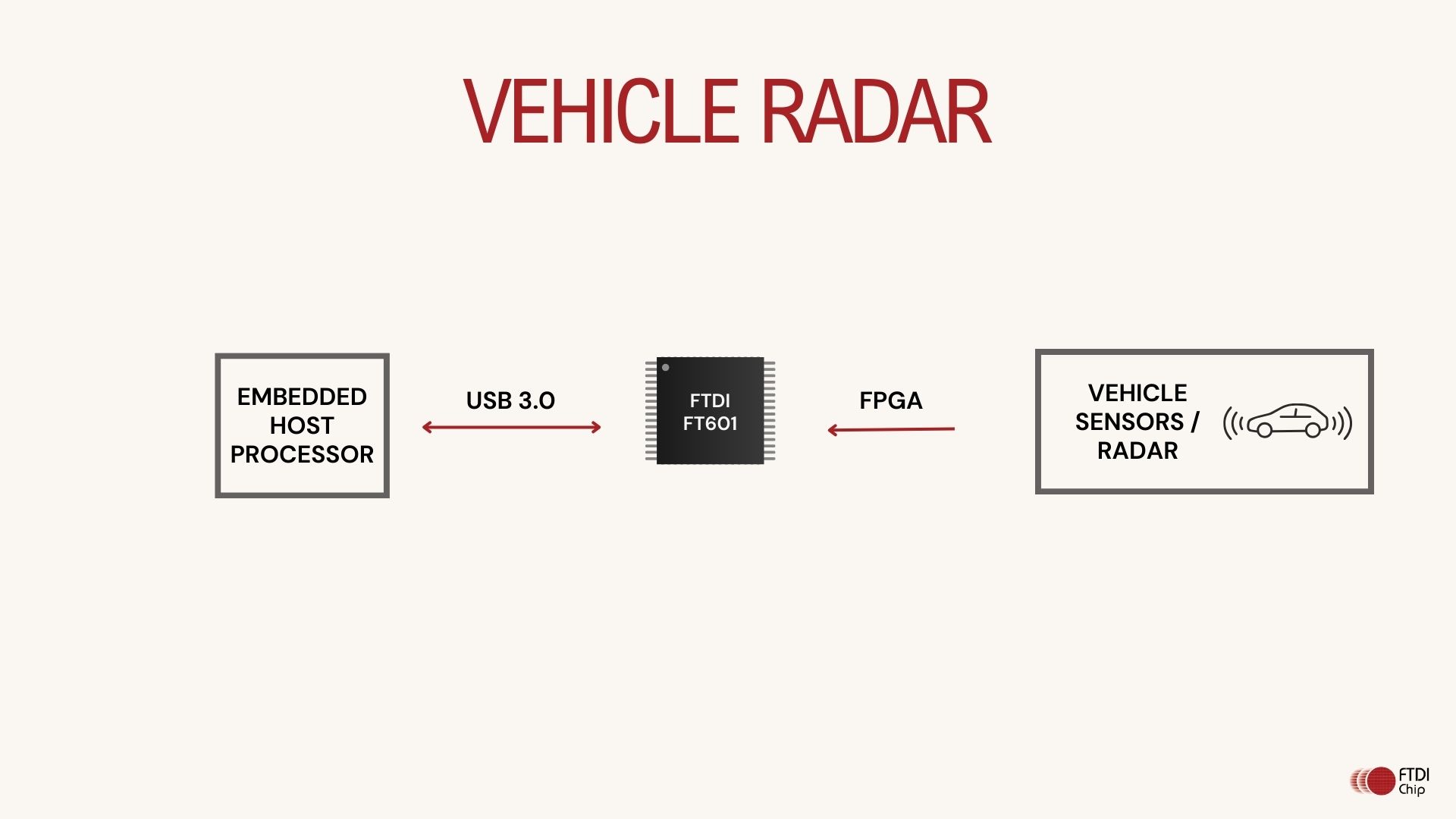
Recommended ICs



